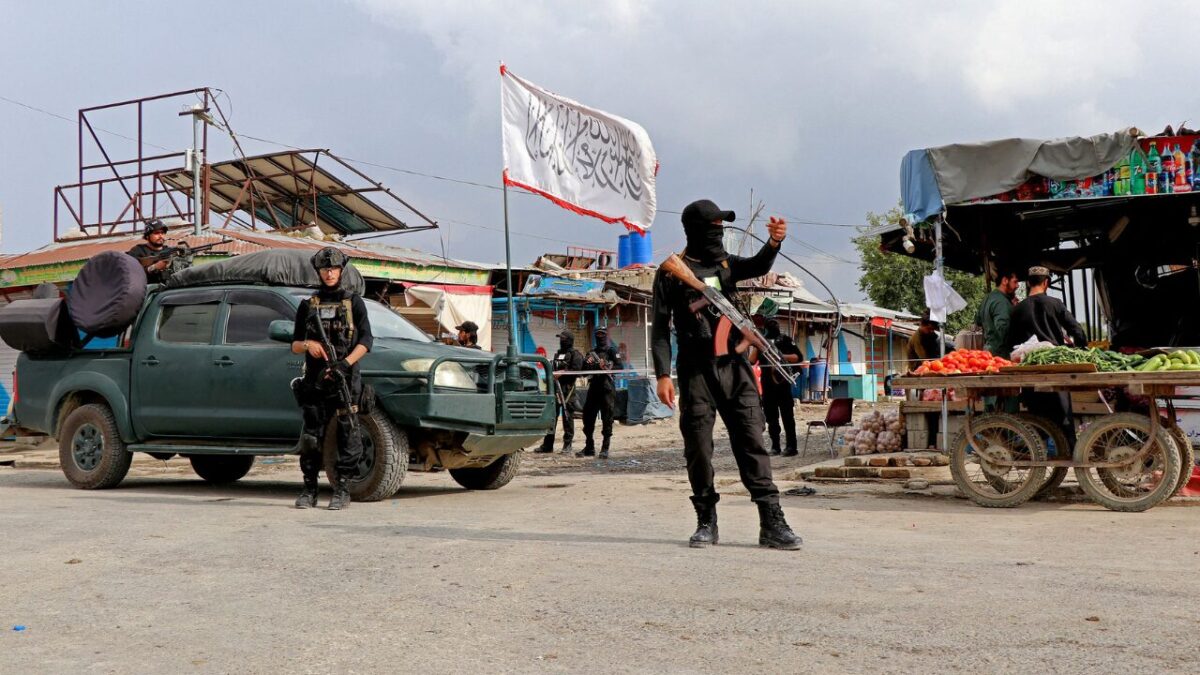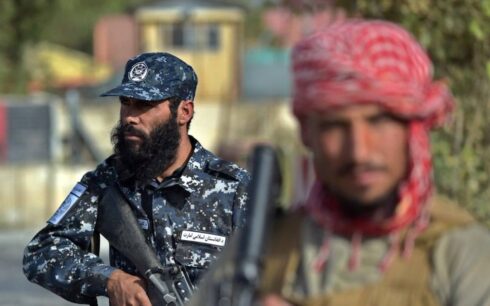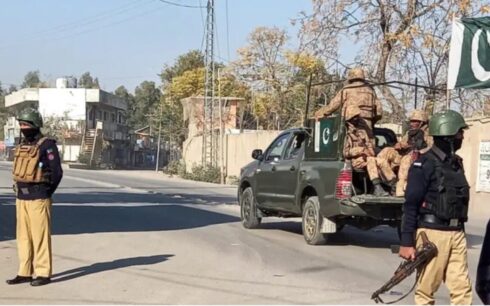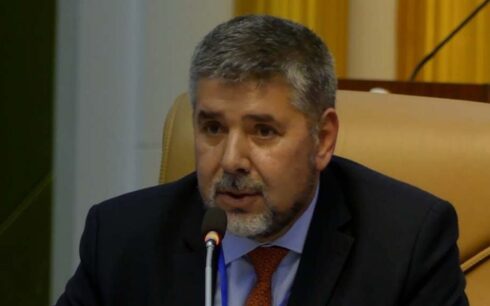For nearly three years, Afghanistan has been under Taliban rule. During this period, many of the country’s elites, including political activists, cultural figures, military leaders, and businesspeople, have fled to various countries. No nation has yet recognized the Taliban rule, which continues to run the country as a “self-proclaimed government.”
Of the 27 ministries established by the Taliban movement, 21 are headed by Pashtun Taliban leaders. The group’s leader remains in hiding, women have been excluded from political and social spheres, and schools for girls above sixth grade have been closed. Afghanistan’s Shia population, estimated at 15 percent, faces systematic discrimination. Political parties are banned, and civil society organizations struggle to survive under Taliban rule.
Despite the lack of unity among Taliban opponents, various factions and groups express resistance. Among the most notable are the “National Resistance Front of Afghanistan” (NRF) and the “Afghanistan Freedom Front,” both of which engage in armed activities that frequently appear in the news.
The NRF is led by Ahmad Massoud, son of the late national hero Ahmad Shah Massoud, and includes many of his father’s former allies. The Afghanistan Freedom Front is led by Mohammad Yasin Zia, the former chief of staff of Afghanistan’s army, and includes individuals familiar with his leadership during the republic years.
The developments of the past three years indicate that Afghanistan does not face a singular future but rather four potential scenarios, each with varying degrees of likelihood:
1. Continued Taliban rule
2. Overthrow of the Taliban militarily
3. Establishment of a new government through international intervention
4. Partition of Afghanistan
Scenario one: Continued Taliban rule
Proponents of this scenario cite five main reasons, believing that the Taliban will eventually overcome internal challenges and gain international legitimacy:
1. The Taliban have control over all of Afghanistan’s territory.
2. Opposition groups lack the necessary unity and coherence, remaining fragmented.
3. Regional countries do not yet perceive the “Islamic Emirate of Afghanistan” as a significant threat and thus have no plans to confront the Taliban.
4. The core of Pakistan’s government continues to support the Taliban.
5. The United States supports the “Islamic Emirate of Afghanistan” with $40 million in weekly aid.
Supporters of this scenario also point to widespread corruption during the republic era, arguing that no one wishes to see its return. However, several factors threaten the viability of continued Taliban rule:
1. The Taliban seized power through a deal with the U.S., lacking the consent of the Afghan people.
2. No country has recognized the “Islamic Emirate of Afghanistan,” and the international community’s distance from the Taliban grows daily.
3. Without international legitimacy, the Taliban cannot sign international contracts, placing immense pressure on their regime.
4. The Taliban’s misogynistic policies have provoked widespread global condemnation, increasing pressure on the group.
5. The Taliban’s persecution of Shias has mobilized millions within Afghanistan and placed Iran in a difficult position. Iran, which supports Shia rights in Lebanon, Syria, and Yemen, cannot indefinitely ignore the plight of Afghan Shias. Despite its current preoccupations and sanctions, Iran may eventually confront the Taliban over this matter.
6. The Taliban have turned Afghanistan into a safe haven for 21 terrorist groups, all of which pose direct threats to regional countries. These groups, with distinct identities and bases in Afghanistan, contribute to regional instability.
7. The Taliban’s promise of a pure Islamic state free from foreign occupation attracted fighters from various ethnicities. Now, without NATO or the republic, the Pashtun-dominated rule has fostered dissatisfaction among non-Pashtun Taliban members. While no major opposition has yet emerged, history shows that such discontent can lead to sudden upheavals, similar to the fall of Dr. Najibullah’s government in 1992.
8. Active opposition groups, though lacking a fixed military base, continue to launch guerrilla attacks, indicating the Taliban’s failure to suppress resistance. The conflict, initially concentrated in the north and northeast, has spread to the west, including Herat, Badghis, and Ghor, suggesting an expanding warfront.
Given these vulnerabilities, the sustainability of the “Islamic Emirate of Afghanistan” is doubtful, and the argument for continued Taliban rule weakens.
This article is part of a three-part opinion series written by Abdul Hafeez Mansoor, a former member of Afghanistan’s Parliament and a member of the Afghan Republic negotiating team during the 2019 peace talks with the Taliban in Doha.
The views and opinions expressed in this article are those of the author and do not necessarily reflect the official policy or position of Amu TV.





